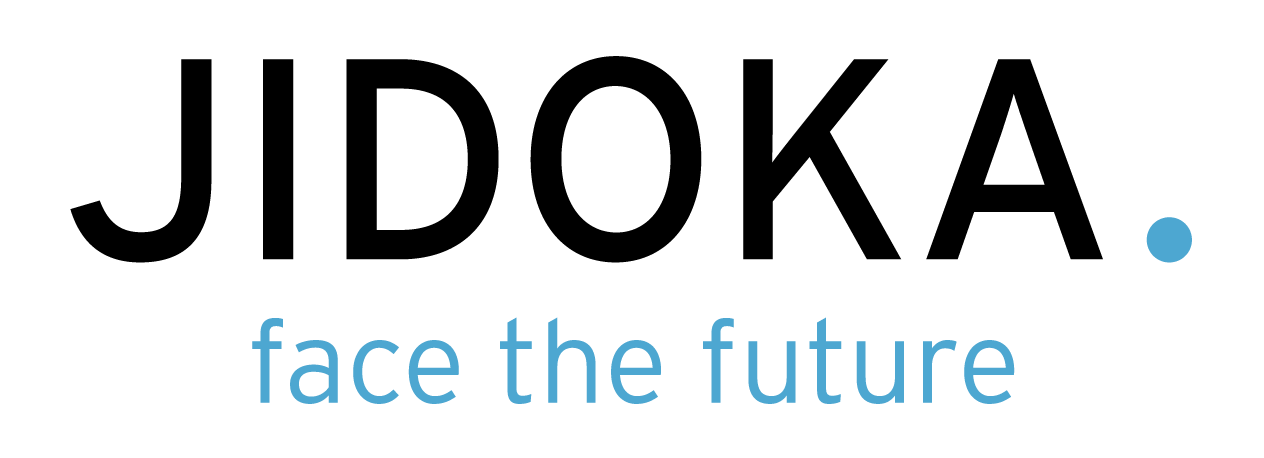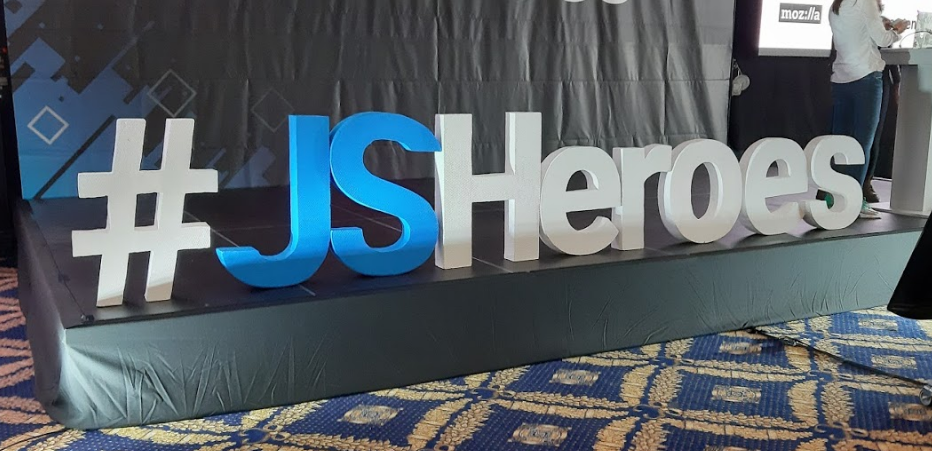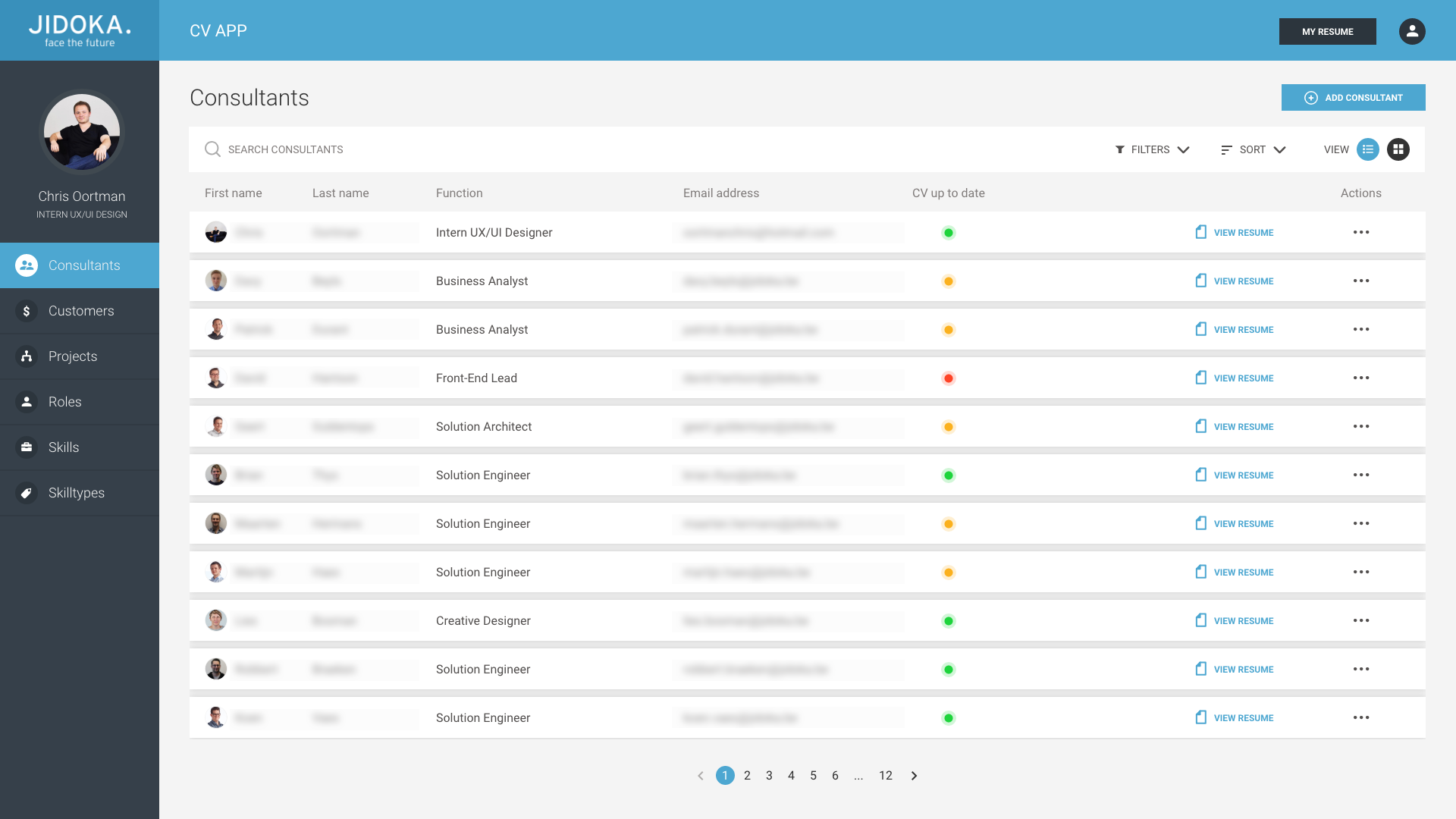The tool to employee success
Everyone wants to have control of their own decisions and destiny. To support this at JIDOKA, we have several coaches who provide coaching sessions on a regular basis to help employees progress their career by setting goals, hosting Knowledge Nights, attending conferences, and much more. As JIDOKA grows, the need for coaching does too. To facilitate this, a coaching tool was created a few years ago. This tool served as a platform for employees to create their own objectives, schedule coaching sessions with their coach, provide feedback and more.
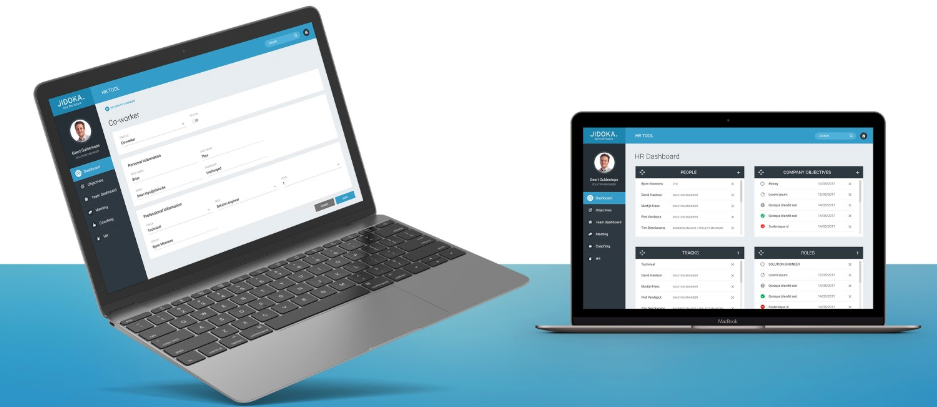
Times changes, so does coaching
As time progressed, we iterated over our coaching methods and adjusted the tool accordingly if possible. Workflows got adjusted and designs were improved, but these changes were mostly small and required less intensive changes to the codebase. In time, bigger changes were necessary. A new corporate design needed implementation, workflows had to change drastically and technologies were becoming outdated. The need for a rework rose.
A hackathon … leaves you with no sleep
The perfect opportunity came when JIDOKA organized a hackathon weekend in the Ardennes. As 15 employees divided themselves into 7 teams, they started their sleepless and coffee rich journey to implement their ideas and create something that added value to the company.
I was part of the team that decided to reimplement the existing coaching tool with new technologies and designs to provide better user experience, development experience and performance. The main focus was the frontend, as this was the part were the most changes were necessary. We could reuse the original Spring Boot backend and authentication, as this would allow us to easily run the old and new version of the tool at the same time without worrying about data migration or inconsistencies.
How we did it
We started of with a clean reactjs project using Create React App (https://create-react-app.dev/) and added material-ui as component library to provide us with basic components that have a consistent look and feel that match the new designs.
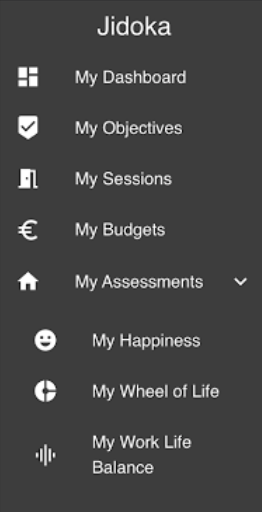
After the initial setup, one by one we added all coachee features of the legacy coaching tool to the new app. This was tedious work, as documentation was not always up to date, and requirements did not always align with the existing API.

When all legacy features were ported, we started on adding new features like training and hardware budgets so employees could track their own budgets, kudos for inspiring other employees, and a few assessments like the wheel of life and work/life balance.
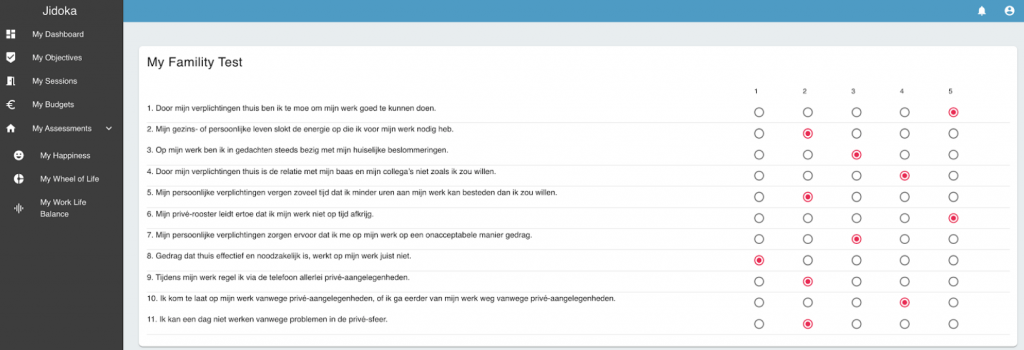
The result
At the end, we completed an initial version of the new coaching tool. Most legacy features for coachees were ported and basic designs got implemented. After a pitch for the jury, it was time to go home.
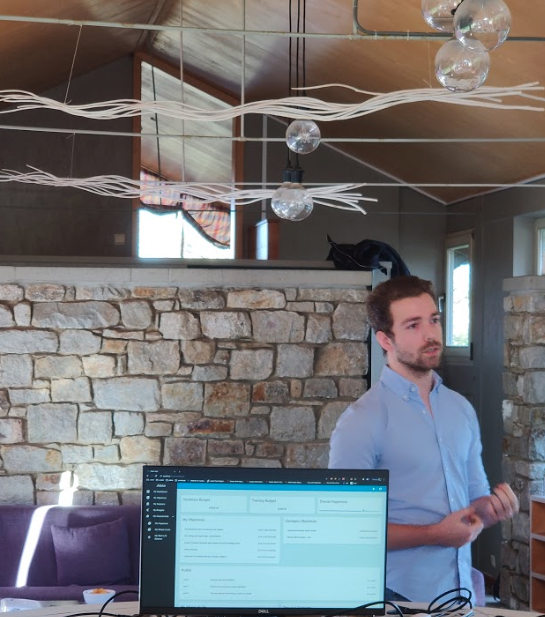
What’s next?
The hackathon was only the first step towards a new coaching tool. Much more needs to be done. There are still missing features for admins/coaches, the design needs further implementation, deployment needs to be done on our Kubernetes cluster, … Lucky for us, we sparked the interest of two interns who wanted to help us with the further development of the tool. In the upcoming weeks, they will continue on the revised tool to make it production ready.
